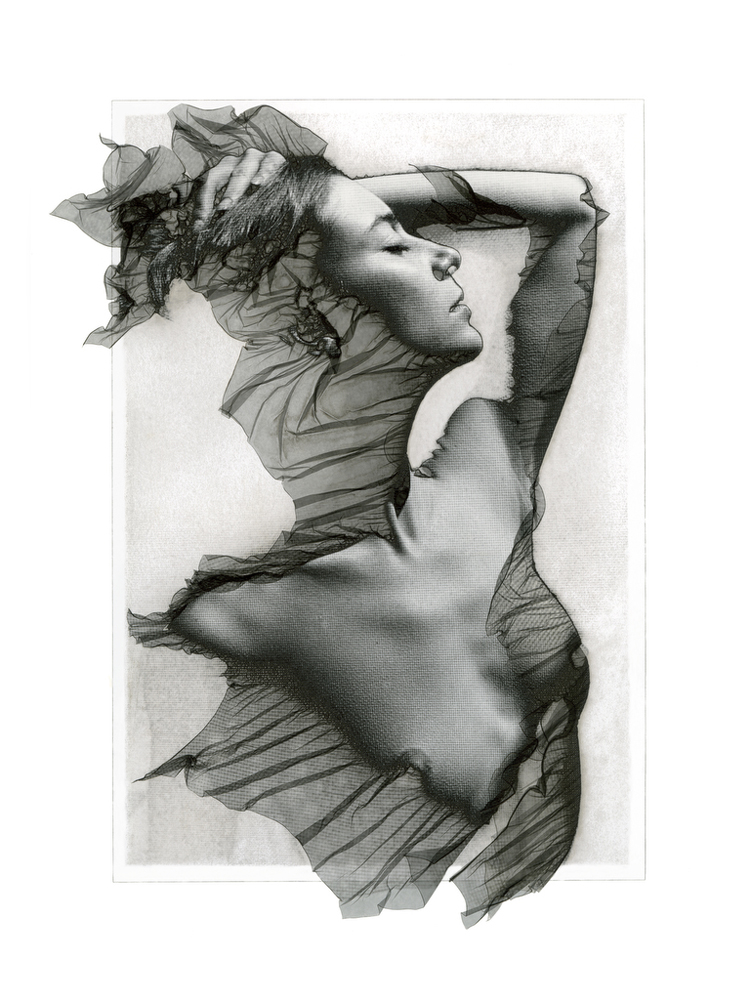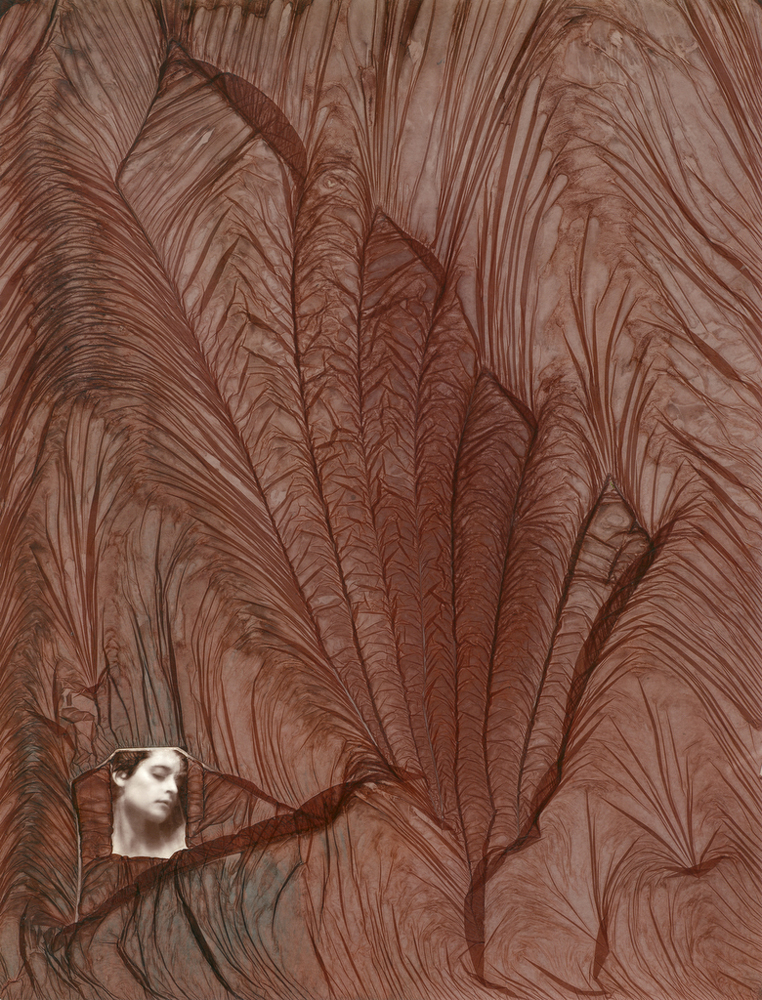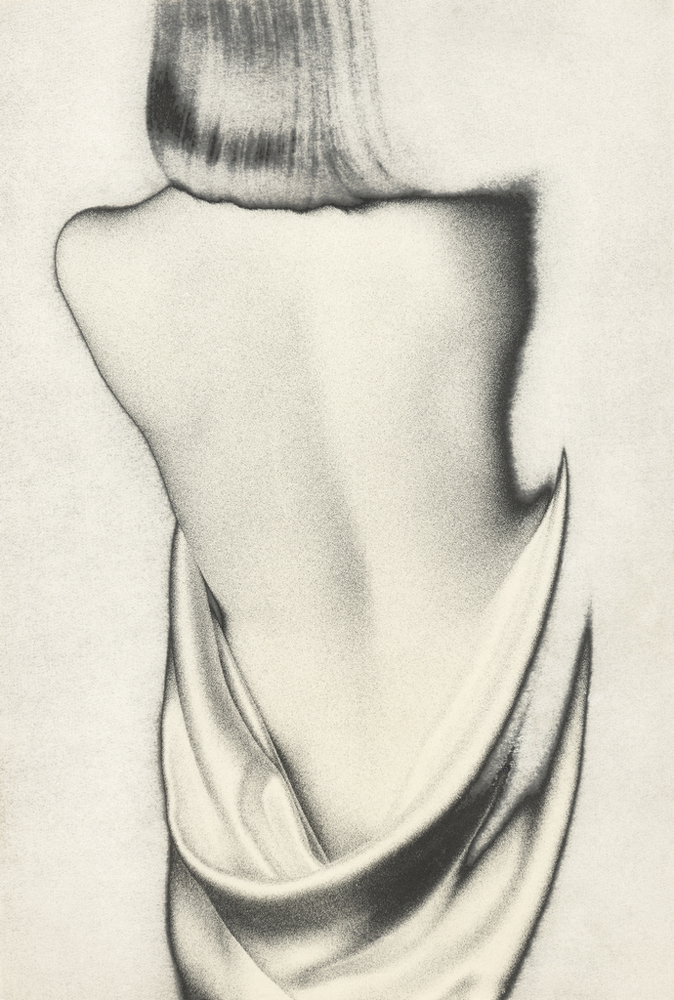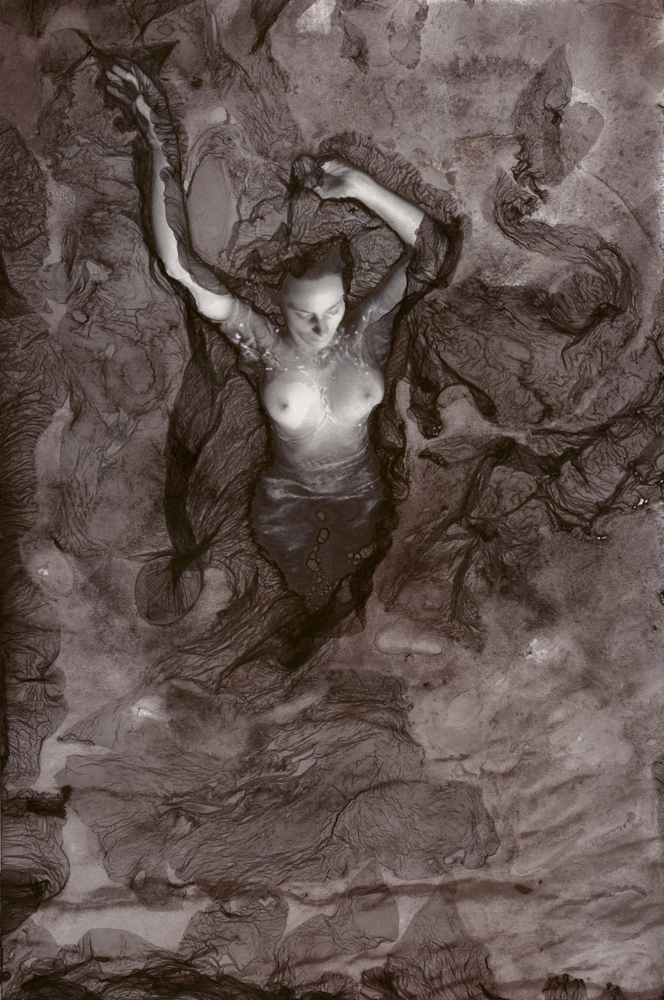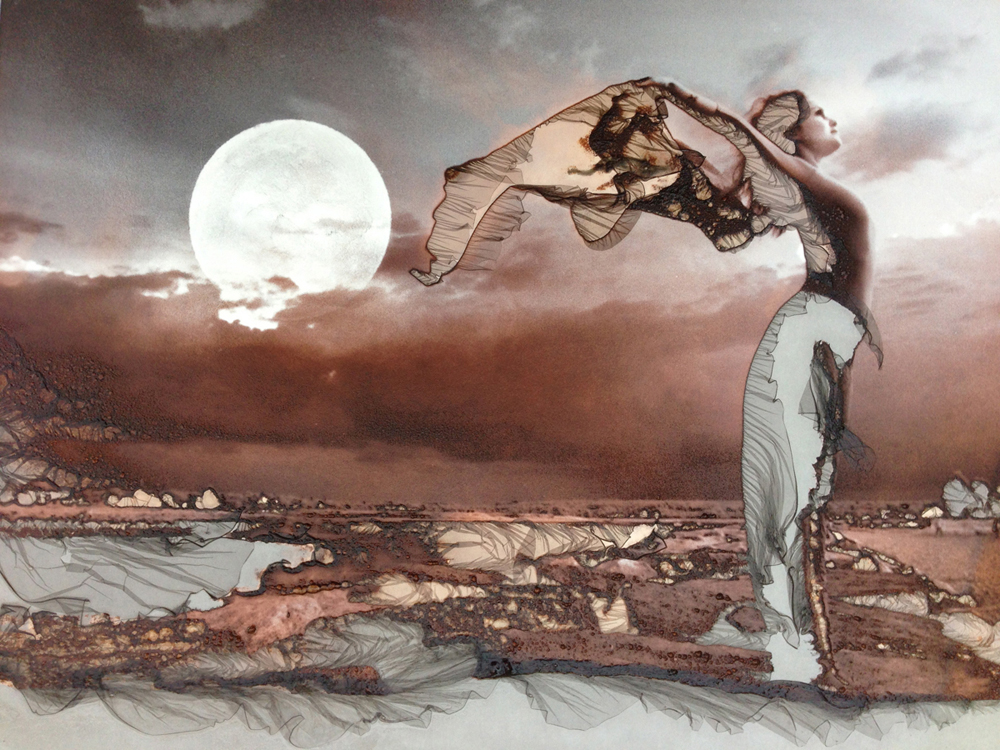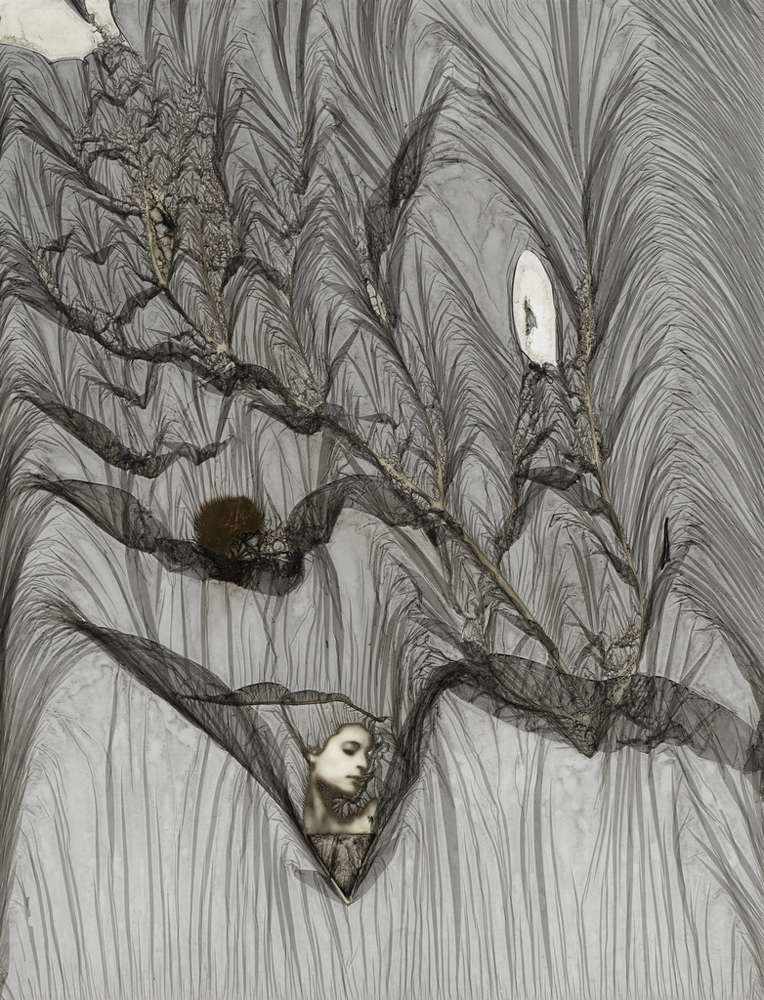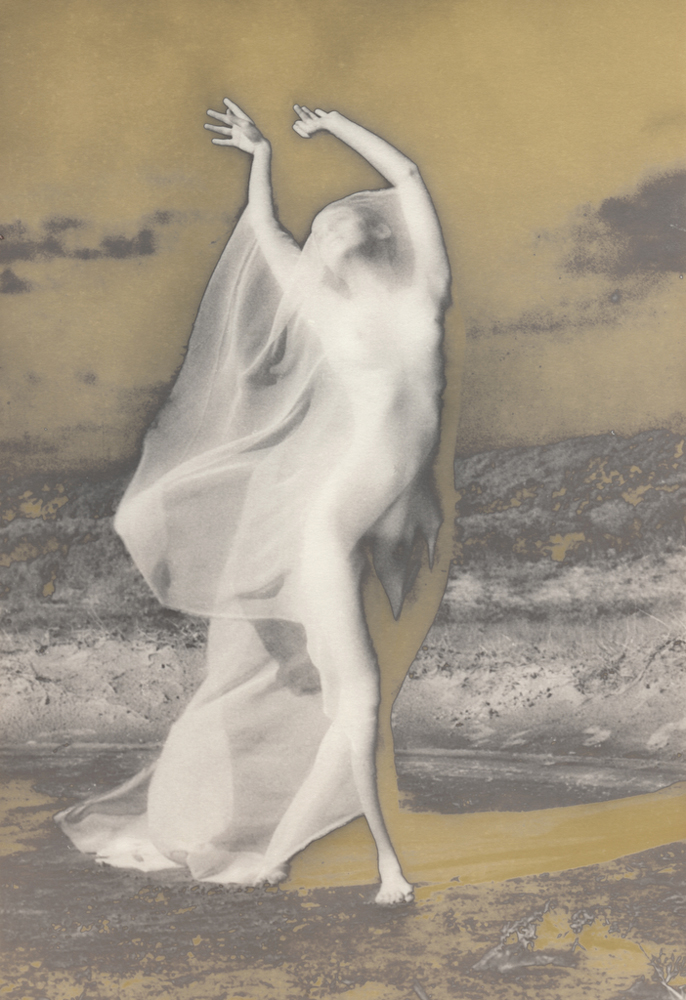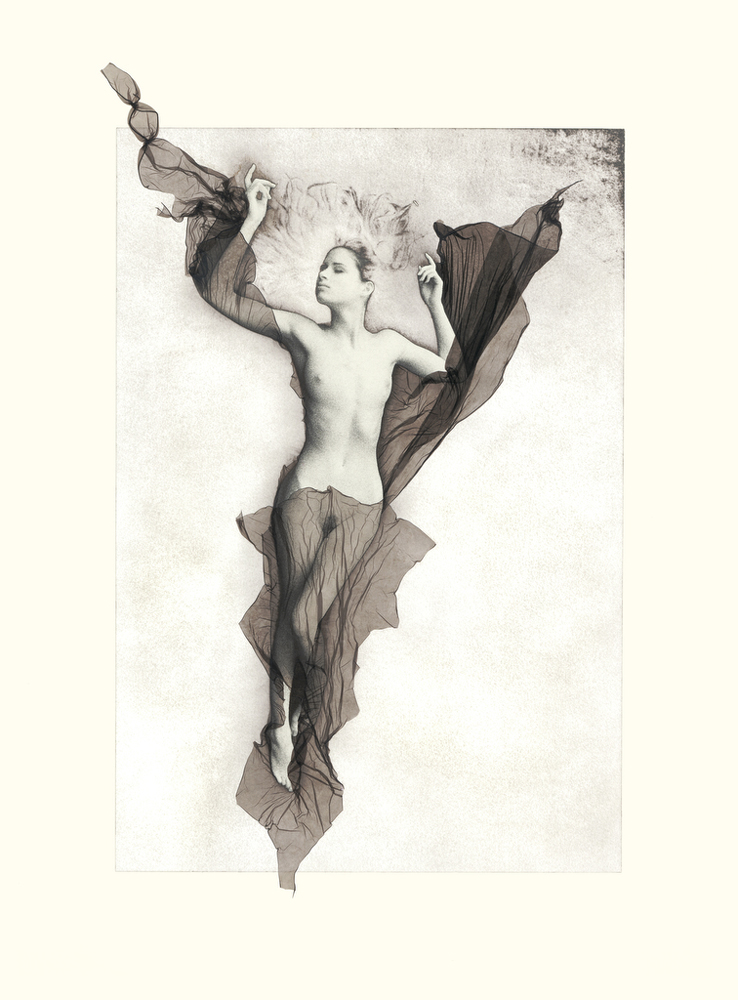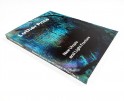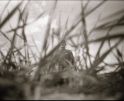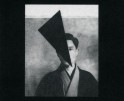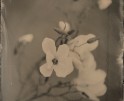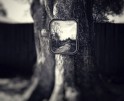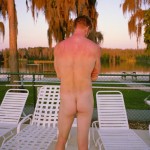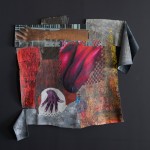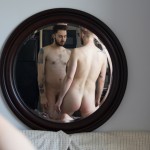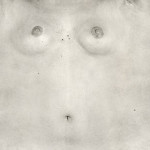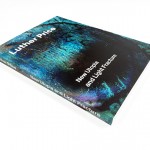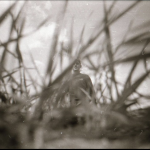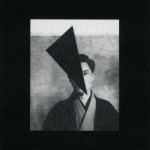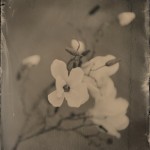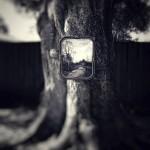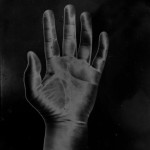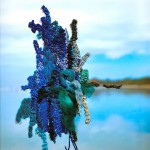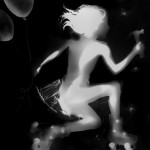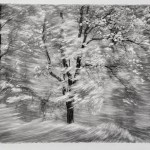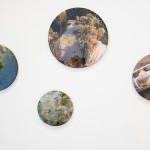Alternative Process Week: Elizabeth Opalenik: Mordançage
This week Guest Editor and photographer Kat Kiernan shares the work of photographers working in alternative processes.
We are grateful for Don’t Take Pictures Editor-in-Chief Kat Kiernan as she presents the photographers working in alternative processes this week. Kat states: There is a shift happening in the world of fine art photography. Perhaps in response to the digital revolution, many photographers are trading in their megapixels for mercury, their ink for collodion; and some are combining new and old technologies. Alternative Process photography today is a hybrid of historical techniques and contemporary ideas. Old is new again and the resurgence of non-silver processes has not gone unnoticed by collectors. Despite, or perhaps because of, the digital revolution, artists and collectors alike are seeking evidence of the artist’s hand in their work.
Mordançage alters a silver gelatin photograph by bleaching the print before redeveloping. The emulsion is lifted off of the shadow areas of the paper for the artist to manipulate and create veils. Any area where the emulsion has been removed will appear to be in relief. Each final print is a unique object.
Every once in a while a photographer comes along who reinterprets the female nude and breathes new life into it. Elizabeth Opalenik incorporates her mastery of the mordançage process into her sensual and mysterious nudes. The fluidity of the veils blends seamlessly with their natural environment. At times the process removes the context of her subjects’ environment, adding to the mysterious tone of the work.
In 1983, the beginning of my photographic workshop journey in Provence, I had the distinct pleasure of meeting Jean-Pierre Sudre, the founder of Mordançage. Mesmerized by his talent and knowledge of the photographic chemical reactions, I visited his atelier with students each summer since that workshop and until his death in 1997. In 1991, he offered a week-long seminar on Mordançage for seven Americans, and so began my passion for working in this process. The collection of photographs shown here was created in this French process “Mordançage.” Starting with a high contrast gelatin silver print, the photographic silver emulsion is chemically lifted, removed, or rearranged in the shadow areas.
The “draped veils” in the images are my contribution to this process, accomplished by using drops of water to preserve and rearrange the delicate floating silver skin. As such, each piece is unique and is one-of-a-kind. Sundre once said, “You must let your heart and soul enter into this” for the process to work. Not only has my heart and soul entered, but remained firmly planted, as I constantly seek to develop the endless possibilities the “photo gods” offer.
Elizabeth Opalenik has found her voice as a photographic artist, learning that all good photographs are self-portraits. She is known for her sensual portraits, figure studies and images of dancers. Her work in the Mordançage process has been collected and exhibited in museums and galleries internationally for more than twenty years. Elizabeth has been featured in most major photographic publications and conducts workshops on five continents privately and in conjunction with The Maine Media Workshops, The Santa Fe Photographic Workshops, National Geographic Expeditions, and Stanford Continuing Education among others. Recently, with philanthropic projects, she has spent time photographing eye doctors giving vision and changing lives in the Amazon.
Posts on Lenscratch may not be reproduced without the permission of the Lenscratch staff and the photographer.
Recommended
-
Luther Price: New Utopia and Light Fracture Presented by VSW PressApril 7th, 2024
-
Artists of Türkiye: Sirkhane DarkroomMarch 26th, 2024
-
European Week: Sayuri IchidaMarch 8th, 2024
-
European Week: Steffen DiemerMarch 6th, 2024
-
Rebecca Sexton Larson: The Reluctant CaregiverFebruary 26th, 2024

